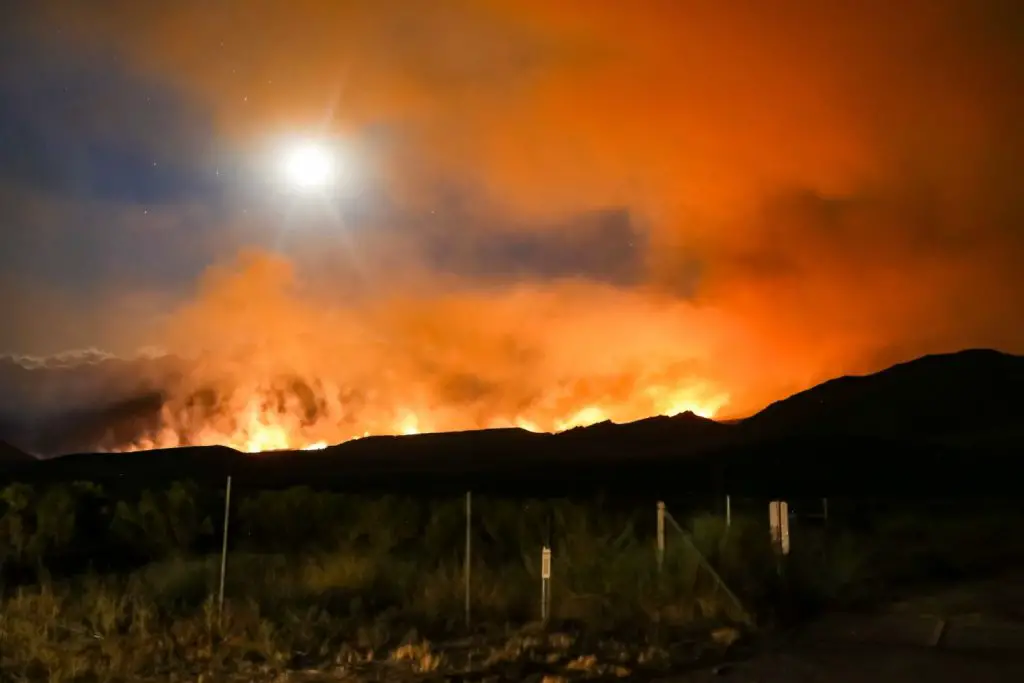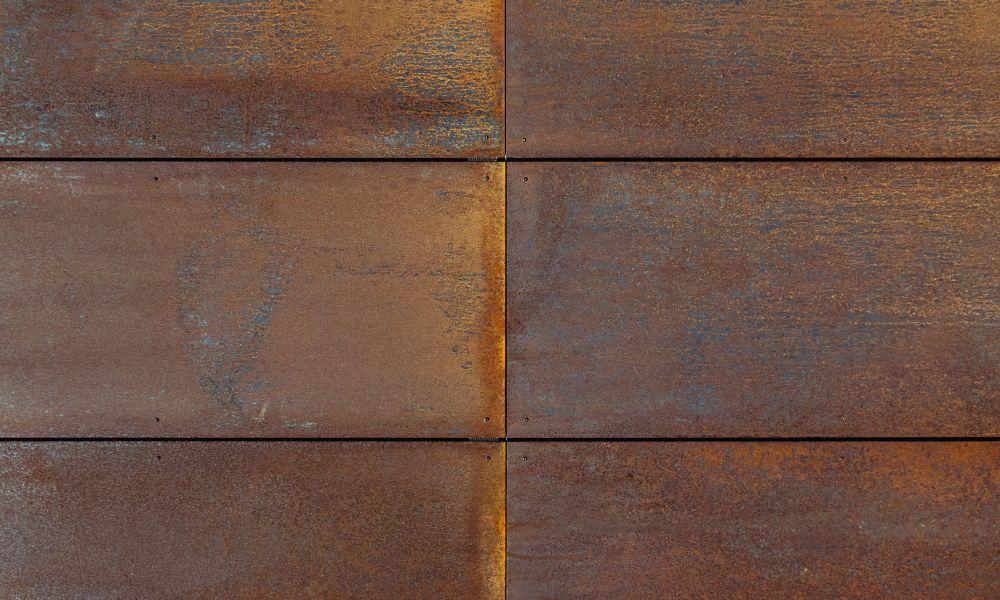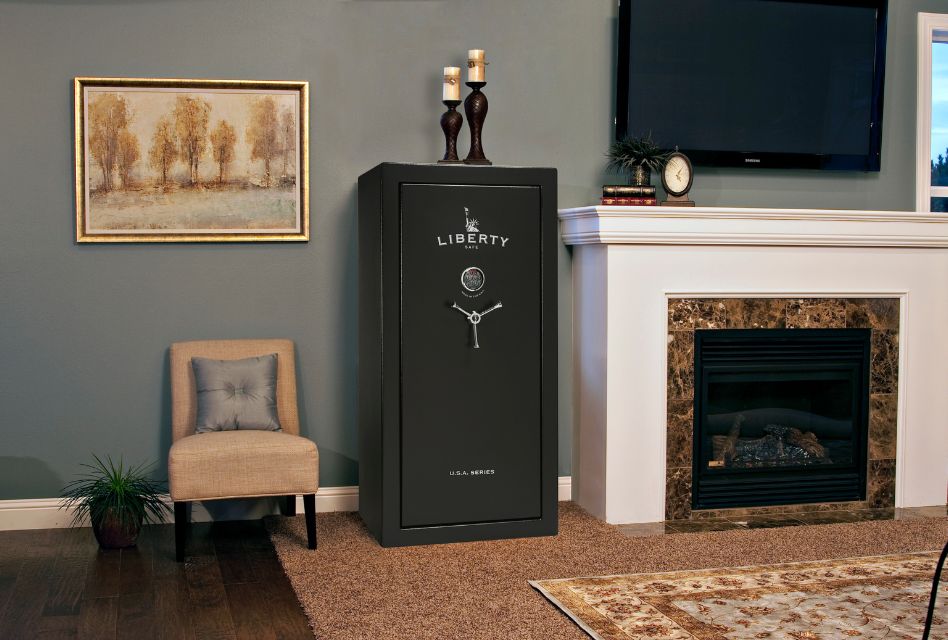Gun safes are regularly marketed as “fire-proof,” giving off the idea that they can withstand an infinite amount of time and temperature within a fire and come out unscathed. We will discuss in this article why safes are not fire-proof and then further discuss fire ratings, how safes are fire-rated, and what you should trust. So stay tuned for all that and more!
Why should you trust me? I have been in the gun safe industry for years, including in retail and writing on this website (since 2017). I have talked directly with brands and gun safe owners and have had plenty of hands-on experience.
Jump to:
The difference between a fire-rating and fire-proof
You may have seen it over and over during your shopping experience. I talk about fire ratings all the time in my buyer’s guides. They generally are shown in a format of “120 Minutes at 1680 degrees”. Essentially this means that the safe can maintain a temperature of 350 degrees (the point where the paper gets damaged) for 120 minutes, with the fire being at a temperature of 1680 degrees Fahrenheit.
If you ever see a safe marketed as “fire-proof,” followed by a fire rating, you can quickly tell that a company is not being truthful. The fact they have a fire rating proves there is a failing point at which the safe can no longer withstand fire.
Fire-proof is a misleading marketing term and implies that you will never have to worry about fire if you buy their safe. On the other hand, fire ratings show you the quality of the fire-resistant material utilized in safe builds.
Why gun safes aren’t fire-proof
Gun safes cannot be fire-proof, as the steel fails after a specific time. Mixing this with the fact that gun safes are not airtight and that at some point anything can melt that a safe is made of shows that the safe cannot in any way be truly fire-proof, just varying levels of resistance. This is precisely why I have this as a central contention point for people and why you should avoid safes that pretend to be fire-proof.
How do manufacturers prove their fire-resistant worthiness?
While a UL-rated gun safe is commonly seen, this generally refers to the tool rating (how long it can last against a tool attack), and most safes are not rated for fire resistance. This is an insanely expensive process. Not many brands are willing to pay what is needed to have their safe fire-rated by Underwriters Laboratory, as they would have to pay for each safe every time there is a change. That said, here are different ways brands may prove their fire-resistance worthiness.
1. Get UL-Rated
Underwriters Laboratory is the industry standard for safes that have been independently verified to withstand fire for a specific time and temperature without exceeding 350 degrees. Few gun safes offer this, as UL will not certify RSCs (Residential Security Containers), of which most gun safes are.
Due to cost, only a few manufacturers are willing to go through this process. While some gun safes may pass this testing, the price often makes it undoable. This testing is similar to a vehicle’s crash test rating from a firm like IIHS or NHTSA.
2. Factory certified (testing their own safes)
This is the most common style of fire-rating testing. Many manufacturers will test their safes in a simulated fire, whether on their own or by visiting a facility that can handle a test like this. They will distribute sensors throughout the safe (top, middle, and bottom) and then blast its exterior with fire until the safe fails.
This fail point is then utilized to determine the safe’s fire rating. While this is an exemplary method, it is not considered a third-party test and can add bias to the testing.
3. Sum of the materials
Some manufacturers will review the sum of all materials in their gun safes and use the fire-resistant properties to decide how fire-rated their safe is. Unfortunately, this is far too close to making up for the fire rating and should not be trusted. Unfortunately, this isn’t easy to find; you will only know if you research.
4. Make the fire rating up
Have you ever noticed that sure safes look the same despite having different names and brands? Those safes are all generally built in the same facility off-shores.
Many of these fire ratings utilized on the safes are entirely from the manufacturer, that is generally in China(not necessarily the brand using the safes). This, of course, is unethical, but the brand often will be unaware of this practice.
I have heard stories of gun safe manufacturers asking what fire rating a brand would like, and then just swapping the advertisement sticker depending on what is requested.

How are gun safes fire-rated?
Fire-rating a safe is surprisingly simple and comes down to 3 different ways manufacturers do this.
1. Gypsum Fireboard
This is the most common form of fire-resistant material for a gun safe and can be found on big names like Liberty, Fort Knox, Browning, and so many more.
Fireboard is essentially drywall, similar to what you would find in most homes in the USA, with different companies using different blends. Many of those blends will include the ability for a vapor barrier to happen when a fire is present!
This type of fire-board will give off a vapor that helps keep the safe cooler than it would without this vapor.
2. Concrete Composite
This form of wall-filling is less popular because it proves to be ridiculously heavy. However, it also is one of the best types. It takes a ton of time for concrete to heat up, meaning the safe’s interior takes much longer to heat up.
So why is concrete the better option?
- Concrete composites will release steam into the safe, making it cooler on the safe’s interior.
- When a fireboard is used in safes, it can be cut less well than pourable concrete in the safe. This means there are no gaps that heat can get through with concrete, unlike fireboard, where you will have gaps because you can never cut the fireboard to that perfect level.
- You have to cut through the concrete when cutting through the safe. This is more for security, but still an important aspect.
3. Fire blanketing
Using fire blankets allows the SnapSafe (like the one found in this article) to ship easier as well. Not many manufacturers use this style of fire-resistant material.
I can’t speak to their testing methods; however, SnapSafe’s Titan series has a ridiculously excellent fire rating of 60 minutes at 2200 degrees, which is very impressive. Because of that, you can’t count this fire-resistant material out.
Is there any merit to a fire rating?
The fire rating you should trust the most is the safes that are UL rated for fire (different from UL rating for security). However, that unfortunately limits your choices down to very few companies, and they are generally safe and meant for commercial applications.
Instead, I highly recommend you choose a reputable company rather than a no-name brand. Companies like Fort Knox, Liberty, Browning, and more do their testing and try to be as transparent as possible. Alternatively, if you don’t want to pay for a fire rating on a safe that can’t be proven, you can always opt for a safe that doesn’t utilize drywall, or SecureIt (which is a modular safe company) does a fantastic job of building safes forgo this feature.


